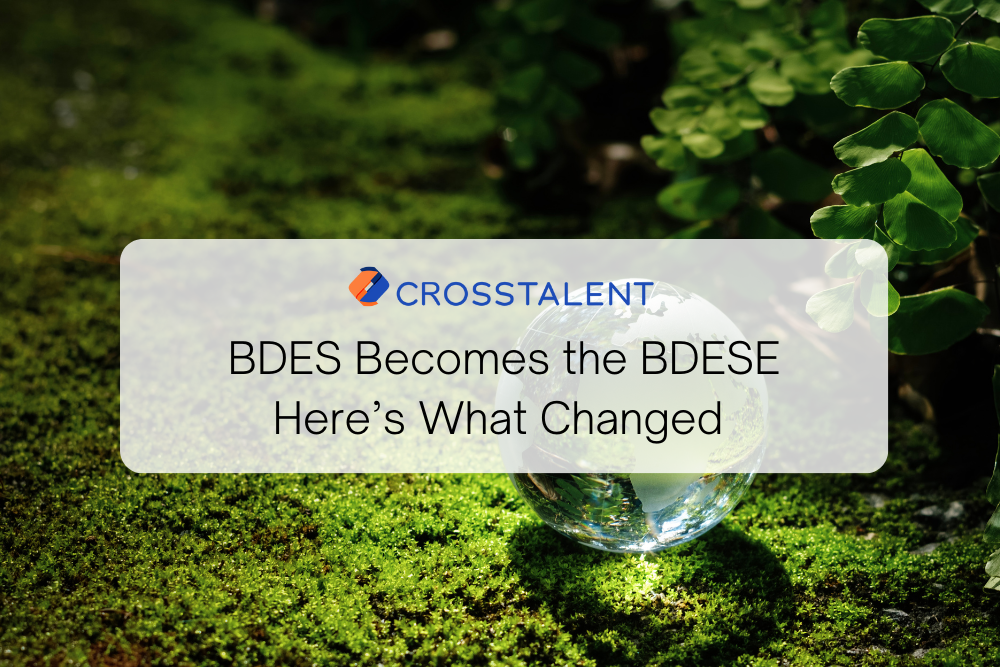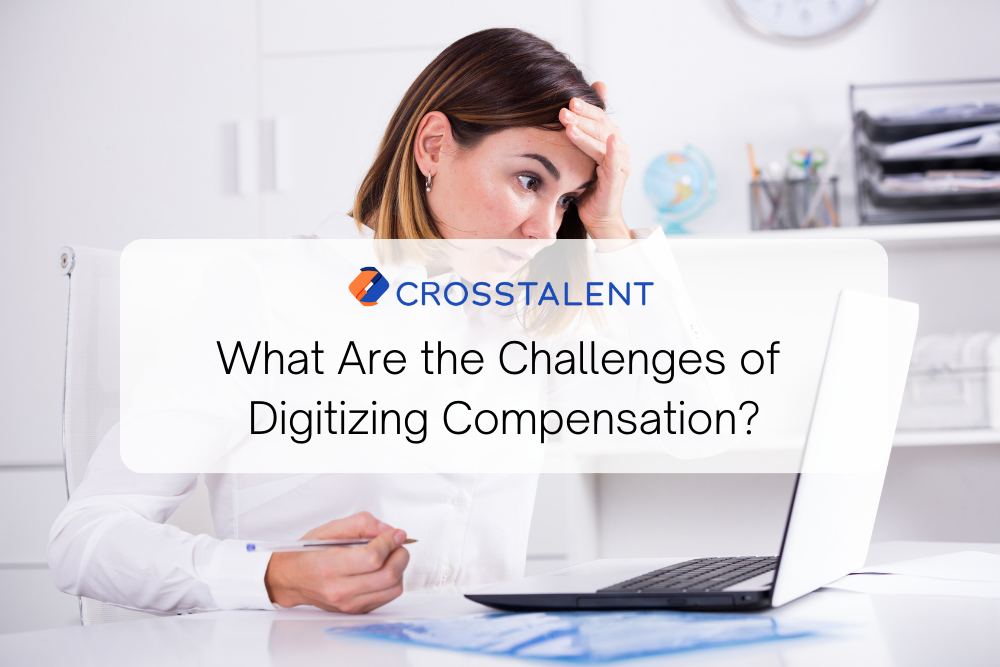The Climate and Resilience Act has been applicable since August 25, 2021, following its publication in the Journal Officiel dated August 24 of the same year. While many might have yet to hear of it, this law will impact many companies, particularly those with over 50 employees, who will see the BDES evolve into a new name, the BDESE.
What are the reasons for this change? What information must now be included in the BDESE? When will it become effective? These are just some of the questions we’ll be answering in this article.
The Reasons for This Change
The primary aim of the French Climate and Resilience Act is to combat climate change.
The French government has decided to give the employee representative bodies of companies with at least 50 employees—the CSEs—greater importance when it comes to environmental issues within their organization. So, in order to give CSE members a real role in these matters, it has become mandatory to inform and consult the CSE on all actions and activities undertaken by the company when these are likely to have environmental consequences.
As a result, the CSE will have to be consulted on all measures relating to the management and smooth running of the company that are likely to have ecological and environmental repercussions. This is everything from staff increases to the introduction of new organization methods, employment conditions, etc.
In addition, the Climate and Resilience Act aims to limit the consequences of climate disruption while helping to slow it down. Therefore, it also requires companies to implement a GPEC policy to include an aspect of the challenges of ecological transition. The combination of these new obligations means that the BDES has evolved into the BDESE.
But what exactly will these changes entail?
Which BDES Rules Still Apply?
The BDES was made compulsory for all companies with over 50 employees in 2015. Every year, it is the employer’s responsibility not only to set up the BDES, but also to update its various sections.
The employer must also ensure that the contents of the BDES (now BDESE) are made available to CSE members for free consultation at any time. Consultation must be possible in both digital and paper formats.
Note: companies with over 300 employees must, in addition to the above-mentioned provision, store the data in the BDESE on an additional digital medium. This can be on your HRIS system, for example. Crosstalent has a dedicated CSR dashboard to help you manage this.
Pending the publication of the new implementing decrees, Articles R. 2312-8 and R. 2312-9 of the Decree of December 29, 2017, still determine the data that must appear in the BDESE.
The data to be included in the BDESE are:
| Topics | Art R. 2312-8 company with 50 to 299 employees | Art R. 2312-9 company with at least 300 employees |
| Social investment |
|
|
| Tangible and intangible investments |
|
|
| Gender equality in the workplace |
|
|
| Equity, debt, and taxes |
|
|
| Compensation of employees and officers |
|
|
| Social and cultural activities |
|
|
| Remuneration of financial backers not covered by Article L. 225-115 of the French Commercial Code |
|
|
| Financial flows |
|
|
| Partnerships |
|
|
| Company belonging to a group |
|
|
The BDESE must contain all this information for the current year, as well as for the two preceding years and the three following years, presented in a projected format.
Good to know: the headings partnerships and companies belonging to a group can be removed from the BDESE by means of a majority company agreement, or in the absence of a trade union delegate, by means of an agreement with the elected members of the CSE. Similarly, until now, a company, branch or group agreement can be used to supplement the mandatory data.
What’s Next for the BDESE?
Pending the publication of one or more implementing decrees, we can only speculate on the changes to be made to the BDESE’s headings. Although it’s a safe bet that these will concern the environmental and ecological impacts of the company’s activity, we are unable to present the new provisions of the BDESE at this time.
We can, however, point out that the changes to the data contained in the BDESE will also be accompanied by changes to the training to be provided to CSE members, who will now be required to address environmental issues.
_________
For more information on this, feel free to reach out. Crosstalent’s CSR Dashboards enable you to manage confidential data from various data sources. Now, you can digitize CSR activities and bring your corporate social responsibility data together in a safe single source of truth.



